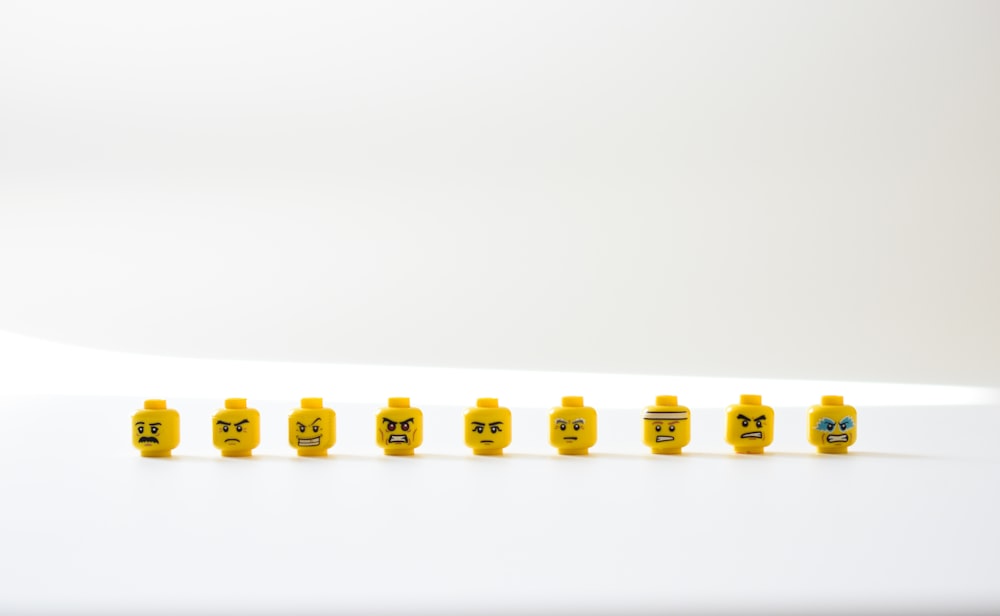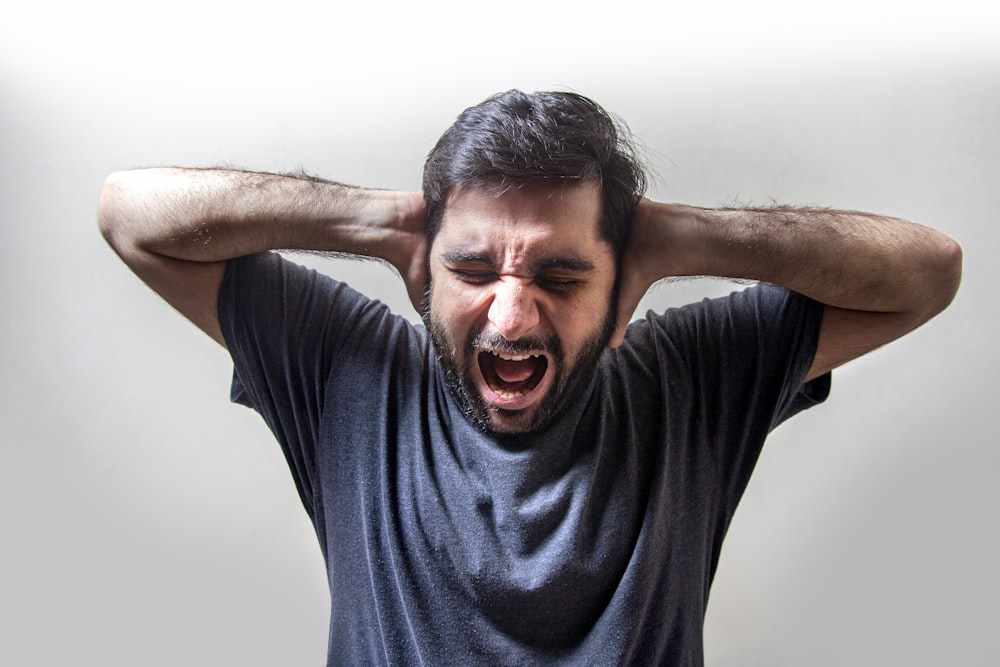Anger is part of life. Everyone gets angry sometimes. However, it’s crucial to realize that not all emotion is harmful. When you’re mad, it’s best to assess what’s behind your emotion. You can then take steps to eliminate it.
Resolving anger is not easy, though. It can also be frustrating, time-consuming, and downright exhausting. But resolving your anger can help you live a better, more contented life.

When anger clouds your judgment, it can hurt both you and others. It can increase your chances of making a mess of things, sometimes without even realizing it. And that can be confusing or embarrassing. So, it’s essential to learn what anger is and how to manage it.
Anger: What Is It?
You can define anger as an emotion that makes you feel agitated, frustrated, or annoyed. Most of the time, an angry person feels a sense of antagonism towards another person, situation, or object they think wronged them.
Anger is a natural response to challenging or stressful situations. It helps you prepare for battle and motivates you to find answers, but can also harm you.
It can cause an increase in your blood pressure, heart rate, and tension, which in turn increases your chances of a heart attack or stroke.
It can also increase your risk of depression. So, it’s important to know when it’s appropriate and when it’s not.
How to Use It More Optimally
It might seem like anger is a negative emotion and only causes problems. When we’re angry, we feel unhappy. So, we sometimes choose to hide our anger and act as if everything is okay.
But like all forms of emotions, suppressing your irritation only leaves you feeling guilty and can cause you to blow up.
Instead, use your anger in these ways:
- Use your outrage to purge repressed emotions. One way to make your anger work for you — instead of against you — is by using it to let out any suppressed emotions.
- Often, vexation is a bundle of suppressed emotions waiting to get free. Sitting on your anger and letting it fester only makes it worse. So, anger allows us to address our feelings. This can lead to outbursts or an uptick in anxiety.

- Recognize your anger as a piece of information. Another way to use your tension is to view it as a source of information.
- This tells us that someone has breached some form of personal boundary. Perhaps someone disrespected you in some way, or something you suspected was going to happen eventually finally did happen.
- Whatever the reason, seeing anger as a source of information can help you decide whether to take action in the situation or let it go.
- Use that emotion to motivate you to act. This can be inspiring if it leads us to act. A group of Harvard researchers discovered that anger could encourage people to take hold of their lives.
- For instance, you may tell your boyfriend that you forgive them for cheating, but if they do it again, you’ll be angry that they hurt you. When they cheat on you a second time, outrage can motivate you to act. You can break up with them.
How Not to Use It
One poor use for anger is venting. People assume venting is good for releasing suppressed frustration. But in reality, when people vent their rage, they just end up feeling better for a short period, and then they have the same frustration again.
Research indicates that contrary to popular opinion, venting only adds more fuel to the fire. Think about it. When you’re angry, and you keep talking about the source of your anger, do you feel better? No! It instead makes you more furious as you relive the moment over and over again.
So how can you control your anger? One way is to practice relaxation techniques. Besides reducing tension, relaxation techniques can help you manage your angry thoughts or words.

For example, you can practice deep breathing while you slowly count to 10, 20, or whatever it takes. The deep breathing relaxes you physically as well as mentally and enables you to think more clearly.
After practicing these strategies a few times, you’ll soon be on your way to a more relaxed and peaceful lifestyle.




